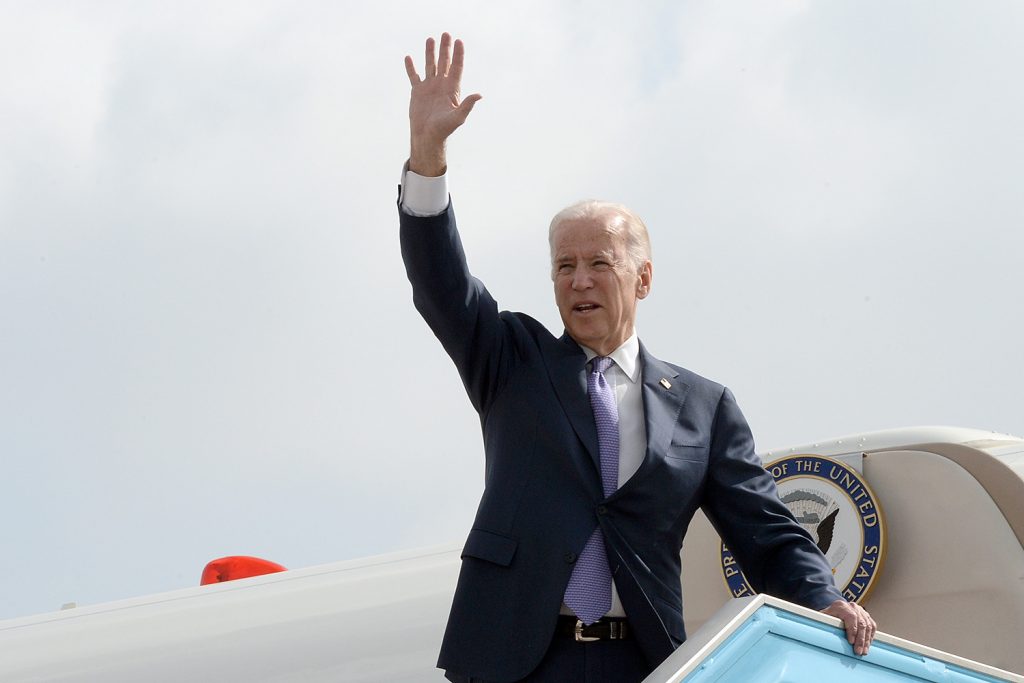
The GHG emissions measure will require U.S. states and territories to measure and report transportation-related emissions on federal roadways.
WASHINGTON, D.C. (Nov. 27) — Last Wednesday (11/22), the Biden Administration released the U.S. Department of Transportation’s greenhouse gas (GHG) rule. The rule requires all 50 states, as well as the District of Columbia and Puerto Rico, to track greenhouse gas emissions associated with travel on the parts of the National Highway System that lie within their boundaries and sets a unified standard for reporting emissions.
Transportation is the leading contributor to GHG emissions in the U.S. and the performance measure is an important first step to advance climate goals by bringing sunlight to states’ progress on emissions targets, allowing states and MPOs to better align their work with climate goals, and demonstrating to policymakers and taxpayers what they are getting for their transportation investments.
“We thank USDOT for its leadership in requiring states to measure GHG emissions from transportation,” said Beth Osborne, Director of Transportation for America. “Because transportation is responsible for nearly a third of climate emissions nationwide, and as much as half in some metro areas, determining the impact of transportation investments on climate emissions is essential for understanding how well the transportation system is performing. It is hard to think of a way that states could participate in a solution without articulating the current problem and setting targets for achieving them.”
“This rule is a crucial first step toward climate accountability in transportation and very simple for the states to implement, but we must go further by investing in public transportation and location efficiency to allow people to reach the things they need without being forced to drive more and more each year,” continued Beth. “These investments have benefits beyond reducing emissions, including public health benefits and providing people with more opportunities to travel outside of a car, which enhances safety and economic mobility.”
“Transportation for America stands ready to support the rule’s implementation and we look forward to continuing to advocate for increased transparency and aggressive climate change mitigation policies and investments.”
This GHG rule is final and is now in effect. The first milestone requires State DOTs to establish and report targets on February 1, 2024, necessitating a rapid rollout and immediate implementation measures from federal and state governments alike.
###
Transportation for America is an advocacy organization made up of local, regional, and state leaders who envision a transportation system that safely, affordably, and conveniently connects people of all means and ability to jobs, services, and opportunity through multiple modes of travel. T4America is a program of Smart Growth America.




